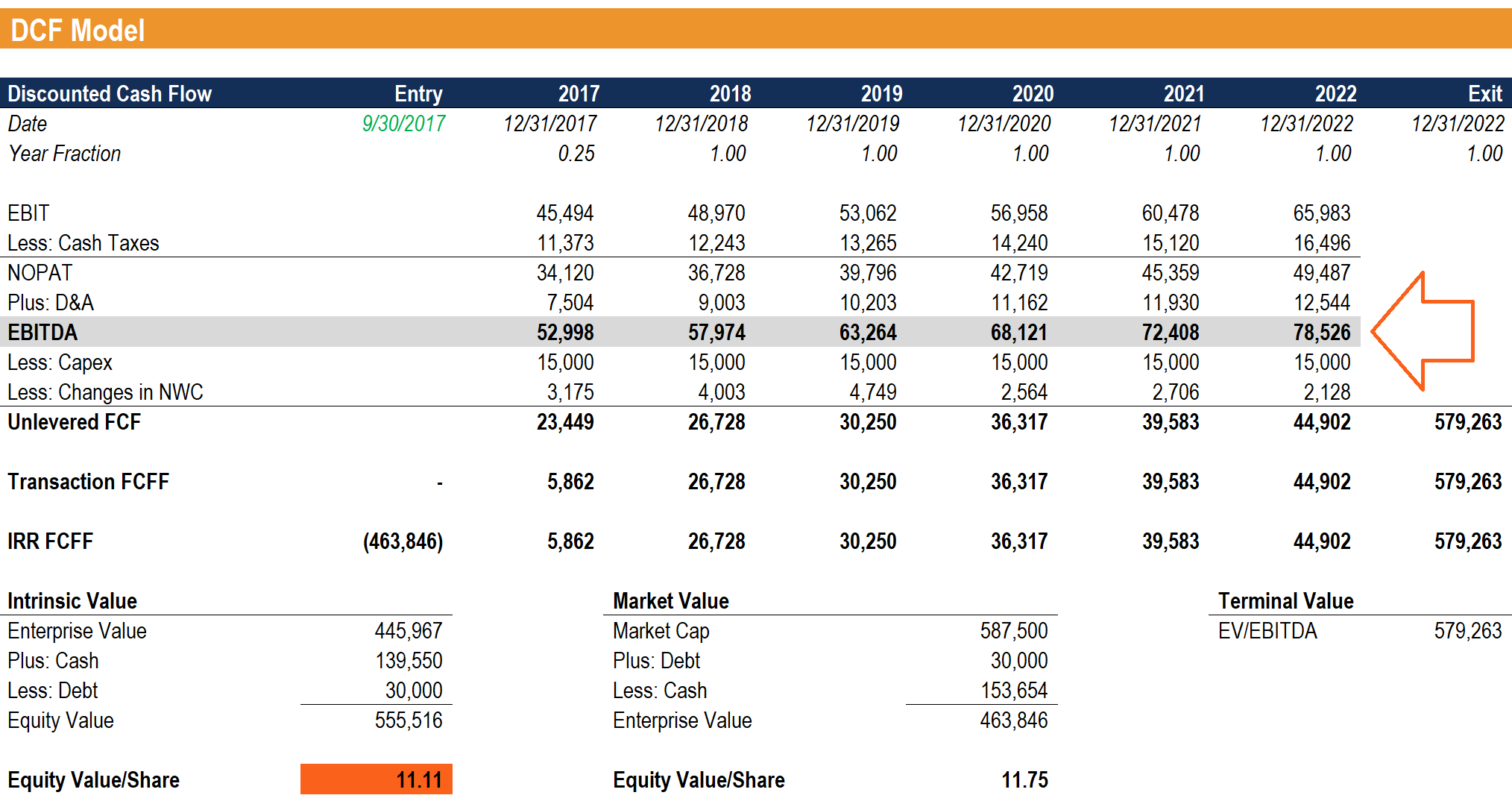Mezzanine funding is a combined form of funding that utilizes both financial obligation and equity. It's called mezzanine funding since intermediate-sized services are generally thinking about this type of financing. The financing has an intermediate danger level and lies in between lower-risk financial obligation and higher-risk equity funding. The lender makes a loan and, if all goes well, the company pays the loan back under negotiated terms. With mezzanine capital, the lending institution can set terms such as monetary efficiency requirements for funding the company. Examples of terms might be a high operating money flow ratio (ability to settle existing financial obligations) or a high shareholder equity Helpful hints ratio (value for shareholders after debts are paid).
Another is that given that mezzanine financial obligation is a hybrid kind of equity and financial obligation, it is considered by accounting professionals to be equity on the balance sheet. It can bridge the gap in between the point at which a company no longer receives start-up debt funding and the point where endeavor capitalists would be interested in financing the company. This provides borrowers a lower debt-to-equity ratio, which in turn can attract investors due to the fact that a low debt-to-equity ratio is normally an indication of less threat.
Small-business financing is required to launch, preserve or grow a business. You can get financing by taking on financial obligation, like small-business loans from conventional banks and online alternative lenders, or using investors equity. To help you find a good fit, here are 6 of the most common funding options for small companies. For: Developed organizations with security and strong credit. Standard banks are a fantastic starting point and can help you determine where you stand in regards to qualifying for financing. Even if your organization does not have a strong sufficient performance history or enough possessions as collateral to receive a bank loan, speaking with somebody at a traditional bank can help you determine what files you require and what your best choices might be.
The 8-Minute Rule for Which Results Are More Likely For Someone Without Personal Finance Skills? Select Three Options.
Neighborhood banks hold 36% of bank loan, according to a 2020 report from the Federal Deposit Insurance Coverage Corp - Which of these is the best description of personal finance. For: Services who do not meet conventional banks' strict loaning requirements. The U.S. Small company Administration offers lending institutions, mainly traditional banks, a federal warranty on your loan. This makes it less risky for banks to provide you the funds you require to be effective. In ensuring the loans, the SBA likewise links you with favorable rates used by conventional lending institutions. And unlike many bank loans, you can utilize an SBA loan to begin a service. Nevertheless, the application procedure isn't easy, and you can find yourself caught under a heap of files while you resolve the appropriate forms.
With traditional banks limiting access to capital, online lending institutions have seen a boost in appeal, particularly amongst owners having problem with bad credit: 51% of medium- or high-risk credit candidates use to online lending institutions, according to a 2020 report from the Federal Reserve - What is a swap in finance. Online loan providers likewise offer fast cash, with several of them able to turn around funding within 24 hours.Peer-to-peer service lending institutions are among the alternatives. These lenders cut out the standard intermediary, such as banks, to connect borrowers with specific and institutional investors. The expense of borrowing, however, is much greater; some charge annual portion rates near 100 %. You will get the cash you need without the pressure of having to see your item or organization prospering within a short quantity of time. Similarly, there are a variety of downsides that feature equity funding: How do you feel about having a brand-new partner? When you raise equity funding, it involves quiting ownership of a portion of your business. The larger and riskier the financial investment, the more of a stake the investor will desire. You may have to provide up 50% or more of your company. Unless you later build an offer to purchase the financier's stake, that partner will take 50% of your earnings forever.
Your business is no longer solely yours, and if an investor has more than 50% of your company, you have an employer to whom you have to respond to. Put yourself in the position of the loan provider for a minute. The loan provider is trying to find the best worth for its cash relative to the least quantity of threat (Which results are more likely for someone without personal finance skills? Check all wesley mortgage that apply.). The problem with debt funding is that the loan provider does not get to share in the success of the company. All it gets is its refund with interest while taking on the risk of default. That interest rate is not going to supply an outstanding return by investment requirements.

The 4-Minute Rule for Why Are You Interested In Finance
Mezzanine capital frequently integrates the finest functions of equity and financial obligation financing. Although there is no set structure https://cruzjlhw093.de.tl/What-Does-What-Can-You-Do-With-A-Finance-Major-Do-f-.htm for this type of service financing, financial obligation capital often offers the loan provider the right to transform the loan to an equity interest in the company if you do not repay the loan on time or in full. Selecting to utilize mezzanine capital comes with several advantages: This type of loan is proper for a brand-new business that is currently revealing development. Banks hesitate to provide to a company that does not have financial information. According to Dr. Ajay Tyagi's 2017 book Capital Investment and Funding for Beginners, Forbes has actually reported that bank lenders are typically looking for a minimum of three years of financial information.